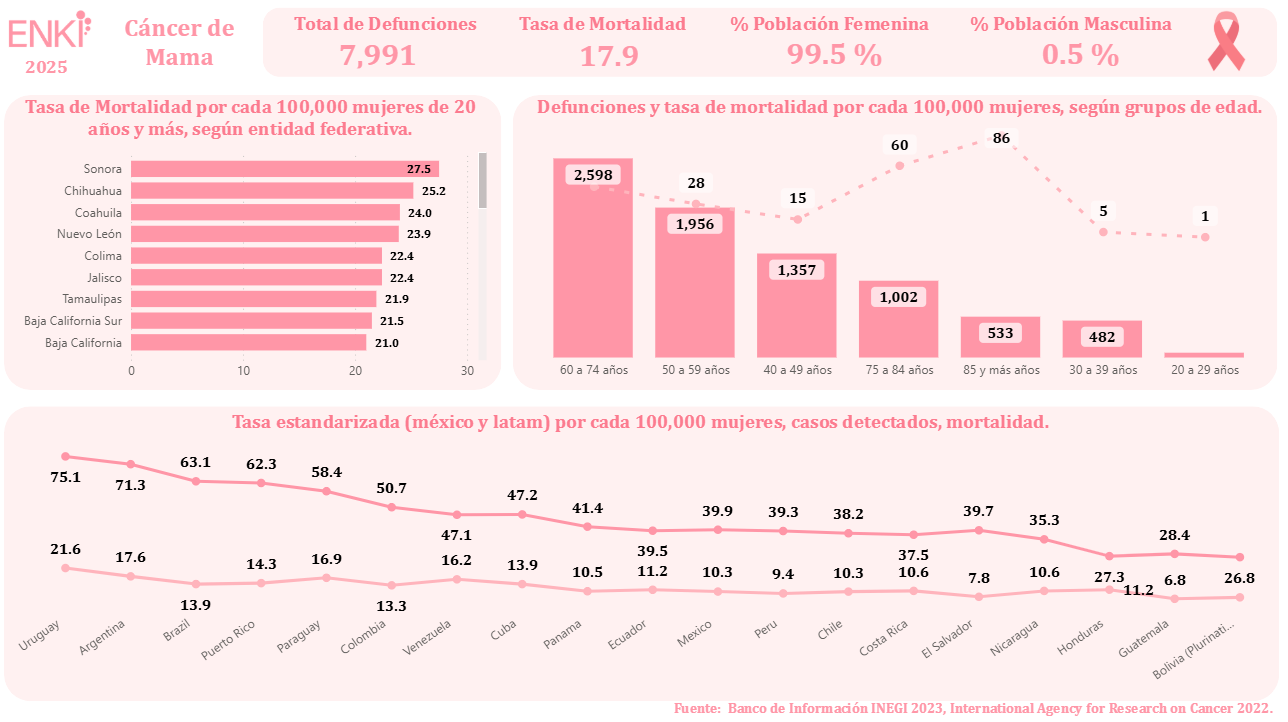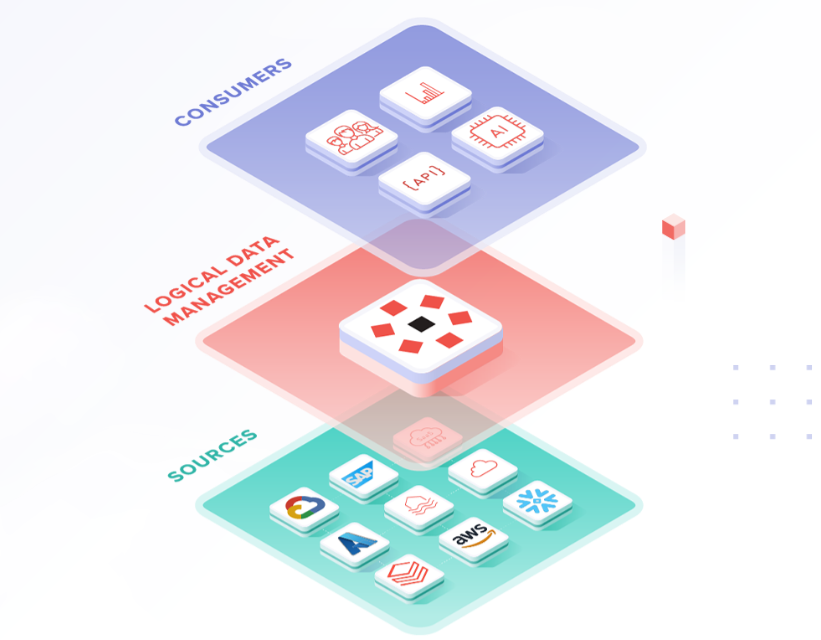La generative artificial intelligence represents a milestone in the evolution of technology. By giving machines the ability to create original content, from text and images to music and code, this branch of AI promises to revolutionize the way we work and live. Its potential for Automate tasks, optimize processes and generate innovative solutions makes it an invaluable tool for organizations of all sizes.
What is Generative AI?
La Generative AI It is a type of artificial intelligence that has the capacity to create new content, such as texts, images, music, code and more, based on the data with which it has been trained. Unlike other AI systems that analyze existing data, generative AI goes one step further and produces original content.
Generative AI works through a process of learning and generation. First, a model is trained with a large amount of data, such as texts, images, or music. During training, the model learns to identify patterns and relationships in the data. Once trained, the model can generate new content similar to the data it was trained with. For example, if a model is trained with thousands of paints, it can generate new paintings in similar styles. This process can be iteratively repeated, allowing the model to improve its generation capacity over time.
Differences from other AIs
To better understand generative AI, it's crucial to differentiate it from other types of artificial intelligence:
- Descriptive AI: This AI focuses on analyzing historical data to gain insights and understand patterns. For example, a product recommendation system uses descriptive AI to analyze your previous purchases and suggest similar products to you. Unlike generative AI, descriptive AI doesn't create new content, but interprets existing content.
- Predictive AI: Predictive AI uses historical data to make predictions about future events. For example, weather forecasting systems use predictive AI to predict weather conditions. While it can generate numerical data (such as probabilities), it doesn't create creative content such as text or images.
- Prescriptive AI: This AI goes beyond prediction and suggests actions based on data. For example, an inventory management system may suggest which products to replace based on expected demand. Although it can make decisions, it doesn't generate new content.
General Applications
Generative artificial intelligence is transforming multiple industries with innovative applications. Here are some examples:
- Cheers:
- Diagnosis and treatment: Generative AI can analyze medical images to detect diseases such as cancer at an early stage.
- Marketing and Advertising:
- Content creation: Generate personalized text, images and videos for advertising campaigns.
- Mfg:
- Product design: Generate prototypes and optimize product designs using simulations.
- Media and Entertainment:
- Creating music and art: Generate original musical compositions and works of art.
- Content production: Write scripts and create characters for movies and video games.
La generative artificial intelligence has proven to be a transformative technology with immense potential. From creating creative content to automating tasks, generative AI is redefining the way we work and live. However, it is essential to address the challenges and ethical implications posed by this technology.









































